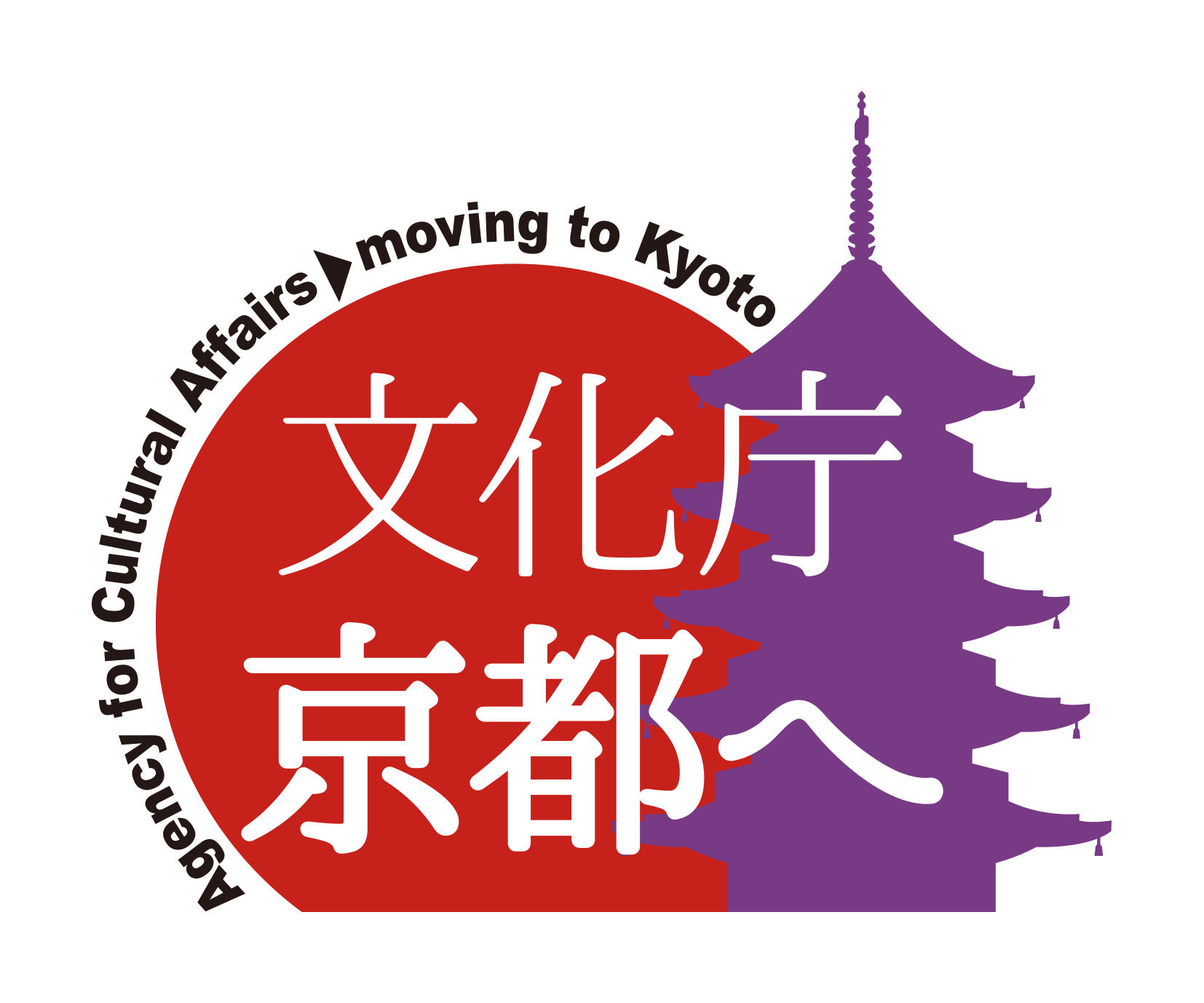* We will update it from time to time if there are changes.
Updated on March 14, 2017
What’s changing?
| Course Code | Title of Subject | Universities offering courses | What’s changed | What’s changing? |
| E130 | Criminal Justice Psychology | Bukkyo University | Change of Course Period | 【Before change】2 lectures 10:40~12:10 (every Tuesday) 【 After change】4 lectures 14:30~16:00 (every Tuesday) |
| E104 | Educational Psychology (B) | Kyoto University of Education | Changing the textbook column | [Before] “Psychology of Developmental and Learning Teaching Basics” [After the change] “[Revised Edition] Developmental and Learning Psychology Teaching Basics” Hokuju Publishing |
| E123 | Secondary Special Activities (C) | Changing the textbook column | 【Before change】Course of Study Explanation Special Activities (Junior High School or High School) 【After the change】Explanation of the Course of Study for Junior High Schools |
|
| G101 | Practice of Food and Agriculture Education II. -Nurturing and Eating Life- | Changes to other special notes | Classes in the second semester II are held once a month and are decided at the request of the students. Classes in the second semester II will be held once a month in the field on campus, and the day and time will be determined by the student’s wishes. |
|
| Changes to other special notes | Please note that classes start at the end of September, but registration is in April. Please note that classes start in late September, but registration is in April. |
|||
| Changed the content of the [Class Outline] of the lecture outline and achievement goals | 【Before change】2 days and 1 night cattle rearing training at the Kyoto Prefectural Livestock Center scheduled for September 27 (Wed) ~ 28 (Thu), one-day forest training at the Kyoto University Exercise Forest scheduled for September 26 (Tue), and 3 days and 2 nights scheduled for October 7 (Sat) ~ 9 (Mon, holiday) in rural and mountain villages in Fukui or Mie prefectures. Practical training such as caring for horses, dogs, and cats, chopping firewood, making buckwheat, making rice cakes, and experiencing drum baths and hot springs (not all of them) will be conducted. 【After the change】2 days and 1 night cattle rearing training at the Kyoto Prefectural Livestock Center scheduled for September 27 (Wed) ~ 28 (Thu), a one-day forest training at the Kyoto University Exercise Forest scheduled for September 26 (Tue), and a 2-night, 3-day training scheduled for November 3 (holiday) ~ 5 (Sun) in an agricultural and mountain village in Fukui or Mie prefectures. Practical training such as caring for dogs and cats, chopping firewood, buckwheat, making rice cakes, drum baths, and hot spring experiences (not all of them are implemented). |
|||
| (2) Changes in the lecture schedule | 【Before the change】 On October 7~9, students will learn about the culture and life of rural villages, including cooking local cuisine, for 3 days and 2 nights in an agricultural and mountainous area of Fukui or Mie Prefecture as an off-campus practical training. 【After the change】November 3 (holiday) ~ 5 (Sunday), students will learn about the culture and life of local rural villages, including cooking local dishes, for 3 days and 2 nights in an agricultural and mountainous area of Fukui or Mie Prefecture as an off-campus practical training. |
|||
| E133 | Religion and Culture of India | Otani University | Change of Course Period [Pre-Lecture] |
【Before】2017/04/06(Thu)~2017/07/20(Thu) |
| A003 | Special Lecture (Liberal Arts E) I. “Creating a Kiyomizu-dera Temple Pilgrimage Mandala for Foreign Tourists (Modern Version)” |
Ritsumeikan University | There is an additional note on the opening period | |
| There is an additional lecture schedule. | ||||
| A008 | Special Lecture (Liberal Arts E) I. “Kyoto’s Cultural Heritage and Its Protection~Disaster Prevention Efforts in the Shimizu Region” | Ritsumeikan University | Change of Course Period | [Before change] September 05, 2017 (Tue) ~ September 9, 2017 (Sat) *4 days 1~4 lectures [After the change] Thursday, September 07, 2017 ~ Sunday, September 10, 2017 1~4 Day 1 ~ Day 3 (9:00 ~ 16:00) (Day 4 9:00 ~ 14:10) |
| H101 | Fushimi CBL Exercise I. | Ryukoku University | Changing the Number of Units | [Before] 2 [After] 4 |
| H143 | Fiscal Science | Ryukoku University | Change of Course Period | [Before change] 2017.04.14(Fri)~2017.07.28(Fri) 2 Lecture 10:45~12:15 (Every Friday) [After the change] Tuesday, April 11, 2017 ~ Tuesday, July 18, 2017 3rd Lecture 13:15~14:45 (Every Tuesday) |
| Changes to other special notes [Periodic examinations] | Before the change: It is scheduled to take place on Friday, August 4th. The regular examination for this course will be held on Tuesday, August 1. Please be careful. |
|||
| I106 | Finland Seminar | Hanazono University | Change of Course Period (On-site Training) | 【Before】2017/06/06(Tue)~2017/06/16(Fri) 【After】2017/06/15 (Thu) ~ 2017/06/26 (Mon) |
| B114 | Theories of Historical Heritage I. | Kyoto University of Art and Design | Change of instructor |
【Before】Toshinori Nakamura, Hitomi Date 【After the change】Hitomi Date, Takahiro Naka |
| Changes in testing and evaluation methods |
[Before change] |
|||
| Changing the lecture schedule |
[Before change] |
















